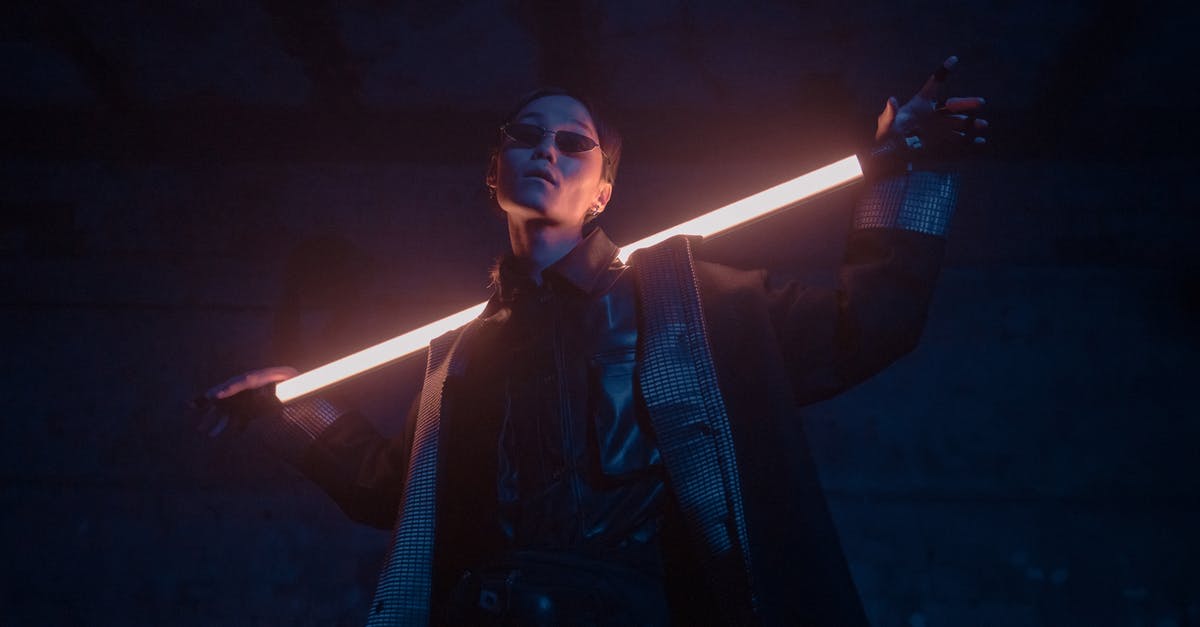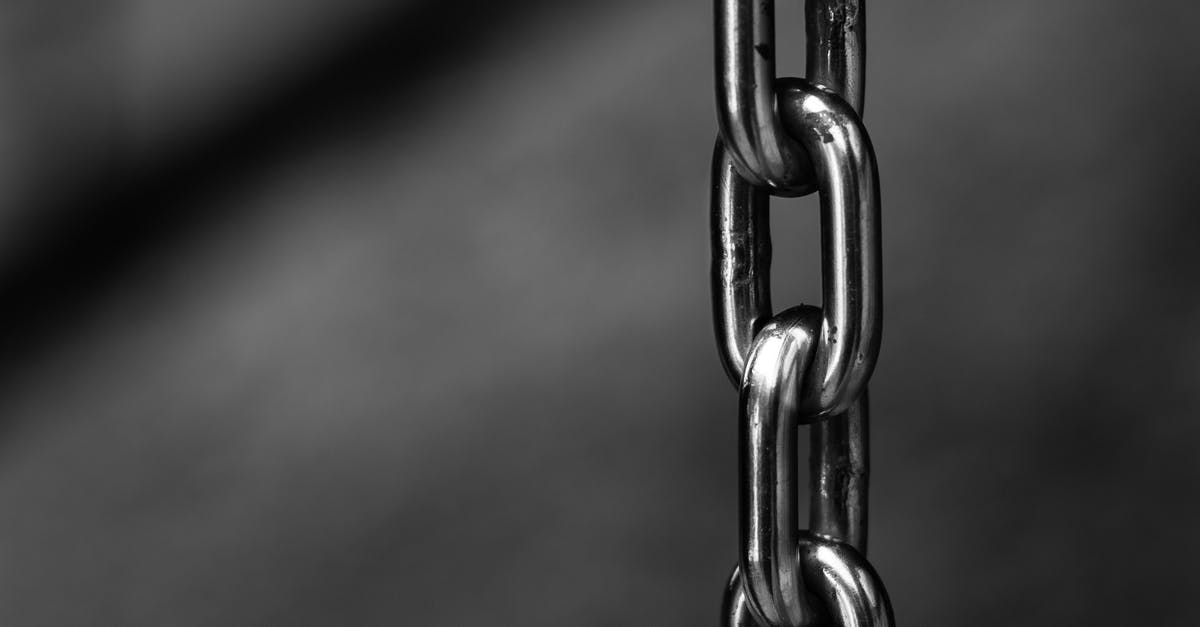Are the stories connected by more than just marginal references?

The Cloud Atlas presents us with 6 seemingly different storylines across centuries of human history:
- a personal adventure ultimately ending in a statement against slavery.
- a personal tragedy about individual achievement.
- a straight-to-the-point economic conspiracy story.
- a personal adventure about freedom and finding oneself.
- a revolutionary struggle for the rights of clones.
- and a post-apocalyptic exodus.
Yet, to me those stories seemed to be only loosely coupled on the surface, by rather minor references to each other, as can be seen in this related question. And if looking at the individual actors, they also played vastly different roles with different characters and motives in the individual stories.
But seeing that Wikipedia describes the official synopsis as
An exploration of how the actions of individual lives impact one another in the past, present and future, as one soul is shaped from a killer into a hero, and an act of kindness ripples across centuries to inspire a revolution.
I wonder if all those stories are actually further connected with each other (or even all on a larger scale) by some overarching themes and motifs or maybe by some deeper connection between the individual plots that just eluded me.
Best Answer
If you just look at the movie -- ignoring or forgetting that it was based on a novel -- then there is a very clear theme that ties between all the stories and characters, and it is presented quite eloquently in one of the final scenes by Jim Sturgess as Adam Ewing, when he stands in front of his monstrous father and is attacked with a series of rhetorical questions, ending with
No matter what you do it will never amount to anything more than a single drop in a limitless ocean.
and he chooses to actually respond, to stand up against his father, and says
What is an ocean but a multitude of drops?
In the vaguest sense, that is the entirety of the true plot and purpose of the film. The notion that while an individual's life may seem so tiny, so insignificant, and so ineffectual, it is not.
Great, large, grand things are nothing more than vast collections of the smallest bits of our universe.
So while each component -- every single atom, every single drop -- may not be crucial to the whole, they do (only together) make up its entirety.
If you take away one drop from the ocean, you won't notice. But if you take another, and another, and you start taking away more and more, you'll eventually end up with nothing. So if they can be taken away and matter, then they can also be built up and matter.
Jim Sturgess's character's father, portrayed by the consistent antagonist of Hugo Weaving, was trying to tell his son that the entirety of human history is against him, and if he doesn't follow suit then he's doing nothing but throwing away his life, because as a single individual he doesn't have the power to make any difference.
And in Jim Sturgess's response, he so simply and eloquently presents the rationale that he does matter, he has to matter, because how do things become the norm, how do they set a standard, if not by individuals deciding to do so. He was standing up against racism and classism and the other constant theme of oppression. He didn't end anything, but as long as he remained committed, he would be a drop in a new ocean that would bring about change.
So following along that theme, we see the roles the other characters play -- some consistent, and others evolving. But they all are tied by this same theme: an individual is necessary to bring about change, because a revolution is but a collection of individuals and their choices/actions.
Racism and sexism and oppression and hatred and violence won't end through a vote, or a law, or a book, or a movie, or a poster, or a pill. They'll be eradicated if we the individuals choose to eradicate the disrespect and the inequality from our lives, in all our thoughts and actions.
"Always in all ways."
If we speak and teach equality and respect, then we need to live and act it, or else it won't last. Many of the characters show this waffling and weakness or timidity, not committing to truth and finding themselves lost, ignored or oppressed.
The characters:
Tom Hanks' character represents the extreme of evil, who tends towards goodness (the best middle). He starts out horrible but slowly starts to learn and find his potential and ultimately succeeds to escape temptation and raise himself up.
Halle Berry represents a character at the extreme of ignorance (not a failing, but simply lacking) who pulls herself up towards goodness (the best middle) through action and curiosity. She is the duality of Tom Hanks, and why they end up together, dovetailing. They represent the notion that even if we start out wrong, or even if we start out entirely unaware, we can bring ourselves to a good and better place.
Jim Sturgess starts and ends the linear narrative of film as the revolutionary and perfect goodness (the peak), exalting up from ignorance and away from evil, and as such his role throughout the rest of time is that of guide and moral example of goodness. He guides his daughter to pass along her uncle (Sixsmith)'s story, he guides Sonmi-451 to be the revolutionary goddess, and he shows his brother-in-law Zachry strength of character by sacrificing himself and not revealing where he was hiding. He is the antithesis of the evil of Hugo Weaving (see below).
Ben Whishaw represents the failure of growth out of ignorance and weakness (Cabin Boy) into the opportunity for goodness and hardwork (the gifted composer), but then commits acts of rage, and cowardice, and violence. And for the rest of time he is relegated into the background and is too timid to step forward and grow and evolve to a better self. This is the notion of taking failure too intensely, and never moving beyond a mistake to make yourself better. "It's only a mistake if you make it twice.", but he never learns this, he failed once and never tries again.
Jim Broadbent represents the notion of alpha leadership and luck, a kind of assumed respect. He slowly falls from grace in each time period until he is a comical fool trapped in the nursing home and outwitted by his brother. Even though he eventually escapes and does "good", he ends up a background musician and then ultimately a member of the upper-class post-earth humanity. He doesn't regain power or command, but simply shows that he is always born into a position of a bit of luck. He could do good or bad, but he never really does anything with it. He represents people that are gifted with opportunity or talent (musician) and if you don't really do any true good with it, you never become more. You can seem ok, you can luck out (the "luck" of the older, tall, white male), but you haven't really earned anything and you're not really safe from oppression.
Doona Bae represents timidity, and much like Jim Broadbent, the acceptance of whatever is handed to you. It is only by Jim Sturgess that she is guided to greatness, and I see this not as a role of male-leading-female in some passive misogyny, but the genderless role of teacher guiding the student. She is the show of the potential of a student. Sonmi represents the hope that you are capable to start a revolution as an individual (even from a place of being a "faceless" carbon copy), and while you may not be a deity, you can affect change. On her own though, as the woman speaking Spanish/Mexican, she is relegated to simply maintaining the status quo. She doesn't ruin anything in 1973, but she doesn't make it any better. Yet with guidance, with teaching, she is a revolutionary. She is the hope for our standard, average selves. But also, she's made into a deity and she leads to ignorance and lack of self-sufficiency in the people of Zachry's tribe. So she is a warning about rising to greatness without a foundation. If you need to be dragged into it, then you aren't capable.
James D'Arcy is the supporter. He observes and is close to the "action" and he tells stories. He ends up, very aptly, in the end as the "Archivist". He represents the notion of the muse and librarian, the historian, keeping lessons alive by recording them in some manner and passing them along in stories or books or notes or messages. He represents the notion of that connective "tissue" between individuals, the viscosity for the drops to take hold of one another and form an ocean. He is the duality of pure leadership (Keith David), he is pure support.
Keith David represents the notion of strength and honor. Like Broadbent, he's gifted with abilities that he didn't create (strength and charisma and calm), but unlike Broadbent he seeks to make life better. He represents the charging forward passion of leadership. Trying to overcompensate for a lack thinking he's any better off than where he is. As the duality to James D'Arcy he represents the passion and strength, that if it were combined with the support and care and mindfulness of D'Arcy, he'd become the best kind of goodness.
Hugh Grant represents the dangerous extreme branching off from a similar place as Ben Wishaw. He similarly starts as the Reverend mostly relegated to the background. He's in a role of authority and spiritual integrity, but he doesn't really stand for what he should. And he seems mostly overwhelmed by ignorance, but he takes this and runs with it with a voice of authority. He slowly ends up more and more corrupt and deceptive, until he becomes this fully cannibalistic, "demonic" person.
Susan Sarandon represents the persistence of ignorance and acceptance. She starts as Hugh Grant's wife, clearly passive to his lack of moral fortitude, and then she ends as a blindly devout worshipper of Sonmi-451, ignorant of her non-deity and unable to really guide or help Zachry in a meaningful way.
And lastly Hugo Weaving represents the persistence of pure evil, always tempting and corrupting and maintaining the notion of a status quo that is truly a downfall and destruction and a failure. In the final time period he is a mystical figure, a green apparition to be a reminder of the biblical serpent, deceptive and cynical. He creates and exalts a "normality" that is far below our natural capacity for goodness and respect. He mocks and derides any attempts at being the true goodness that we are and should be.
So, again, the connective thread is goodness, respect, and revolution against passive acceptance of oppression and hatred and violence. All of the characters represent the travels towards and away from this goal, and the dualistic nature of the many paths, and how if you are or are not committed, your contribution will vary. An ocean truly is just a multitude of drops, but they are all drops of water. Individuals can affect change, but with a common goal. And the overwhelming representation here is that goodness and respect should and must be that goal.
Pictures about "Are the stories connected by more than just marginal references?"



Mike Ross' Interview with Harvey Specter | Suits
More answers regarding are the stories connected by more than just marginal references?
Answer 2
The 2012 movie is based on the 2004 novel by David Mitchell. So I am trying to interpret the whole story from the book's point. perhaps if somebody asked, what is the theme of the movie or the book, it would fall in same context as your question. Book's author has said the following about the book
Literally all of the main characters, except one, are reincarnations of the same soul in different bodies throughout the novel identified by a birthmark...that's just a symbol really of the universality of human nature. The title itself "Cloud Atlas," the cloud refers to the ever changing manifestations of the Atlas, which is the fixed human nature which is always thus and ever shall be. So the book's theme is predacity, the way individuals prey on individuals, groups on groups, nations on nations, tribes on tribes. So I just take this theme and in a sense reincarnate that theme in another context..
I hope this answers your question.
Sources: Stack Exchange - This article follows the attribution requirements of Stack Exchange and is licensed under CC BY-SA 3.0.
Images: RODNAE Productions, cottonbro, cottonbro, Pixabay
